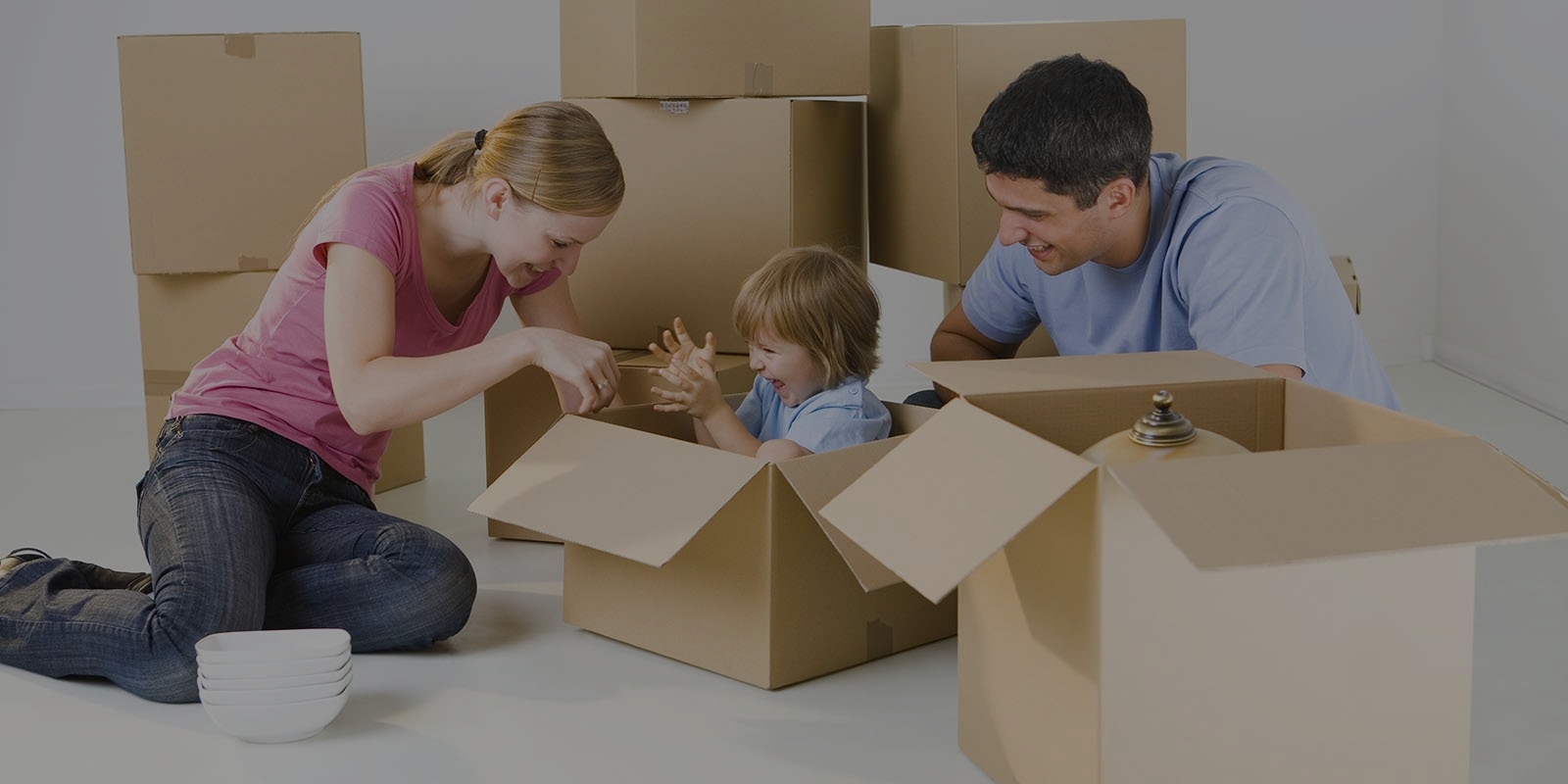Elevate Your Moving Skills with Bed and Mattress Tips
Posted on 25/05/2025
Elevate Your Moving Skills with Bed and Mattress Tips
Moving to a new home is always an adventure, but it comes with unique challenges--especially when it comes to relocating large, heavy, and awkward items like beds and mattresses. In this comprehensive guide, you'll discover proven strategies, insider secrets, and tried-and-true bed and mattress moving tips designed to make your next move seamless, efficient, and as stress-free as possible. Don't risk damage to your precious bedroom furniture or end up with a sore back; instead, elevate your moving skills and become a master of mattress relocation!
Why It Pays To Master Bed and Mattress Moving Techniques
The importance of proper moving skills becomes crystal clear when handling bulky items like beds and mattresses. Here are just a few reasons why you should focus on perfecting these skills:
- Protect your investment: High-quality mattresses and bed frames don't come cheap! Mishandling can lead to costly damage.
- Speed up your move: Good planning and technique make the moving process faster and more efficient.
- Prevent injuries: Moving heavy mattresses the wrong way is a top cause of back pain and pulled muscles during a move.
- Reduce stress: Knowing the right tricks helps take the anxiety out of moving day.

Preparation: The Foundation of a Successful Move
Measure Everything First
Before you even think about moving your bed or mattress, measure doorways, hallways, staircases, and elevators in both your current and new home. Beds and mattresses can be surprisingly bulky and inflexible. Nothing is more frustrating than realizing your king-size mattress won't fit through a hallway!
- Pro Tip: Jot down measurements in your moving checklist for quick reference.
- Bonus: If you have an adjustable bed frame, disassemble as much as possible for easier transport.
Gather the Right Moving Supplies
A successful move depends on having the proper tools and materials! Moving mattresses & beds is much easier and safer with a little preparation. Here are the essentials:
- Mattress bag or cover: Protects your mattress from dirt, dust, and punctures.
- Moving straps/dolly: These tools help you lift and maneuver heavy items with less effort.
- Tool kit: Wrenches, screwdrivers, Allen keys--for disassembling beds and furniture.
- Furniture blankets: Prevent scratches and dings to frames, headboards, and footboards.
- Plastic wrap and tape: Bundle slats, screws, and hardware so nothing gets lost.
- Labels: Mark every part clearly for fast reassembly at your destination.
How to Safely Move Your Bed Frame
Step 1: Dismantle with Care
Most modern bed frames--whether wood, metal, or upholstered--are designed to come apart for easy moving. Follow these steps to safely dismantle your bed frame:
- Remove bedding and mattress first. Strip all sheets, pillows, and protectors.
- Take photos as you go. Snapping pictures will help you remember how everything fits together.
- Unscrew headboard, footboard, and side rails with your toolkit. Keep all hardware together in a labeled bag.
- Secure slats and small parts using plastic wrap or tape, and label everything for easy reassembly.
Step 2: Protect Fragile Elements
Headboards are often delicate or ornately decorated. Wrap them tightly with furniture blankets and secure with tape or stretch wrap to avoid scratches, scuffs, or dings.
Step 3: Use Proper Lifting Techniques
Never lift too much by yourself--get help. Keep your back straight, bend your knees, and use your legs to lift. For exceptionally heavy or awkward frames, utilize moving straps or a dolly to distribute weight.
Expert Tips for Moving Mattresses
Step 1: Cover and Protect Your Mattress
Mattresses absorb dust, dirt, and moisture easily--and can be damaged or permanently stained during a move. Use a high-quality mattress bag or cover for maximum protection.
- Avoid plastic covers for prolonged storage: They can trap moisture and cause mildew. Use breathable covers if the mattress will be stored for long periods.
Step 2: Move with the Right Technique
Moving a mattress isn't just about muscle--it's about technique!
- Avoid bending or folding traditional innerspring mattresses: It can permanently damage the coils.
- Memory foam and hybrid mattresses: Some can be gently bent, but check manufacturer instructions before doing so.
- Always move mattresses on their side: This makes them easier to maneuver through doorways and narrow halls.
Step 3: Teamwork Makes It Easier
A full, queen, or king-size mattress is usually a two-person job. Stand on either end, grip firmly, and communicate to avoid bumping into walls or furnishings.
Step 4: Use Moving Straps for Large Mattresses
Moving straps wrap around the mattress and give you better leverage, reducing the risk of dropping or tearing the material. Special mattress carrying handles are also available and make a big difference for heavy models.
Loading and Transporting Beds and Mattresses
Loading in the Moving Truck
Here are the keys to safe loading and transport of your bedroom set:
- Lay the mattress flat to avoid warping or damaging internal components, unless the manufacturer recommends standing it upright.
- Secure with straps or rope so nothing shifts during transit.
- Place bed frame parts together and pad with blankets to prevent scratching.
- Don't put heavy items on top of the mattress: Compression can deform the surface or springs.
Driving Considerations
Mattresses are prone to sliding if not well-anchored. Drive slowly and avoid sharp turns. If you're using a pickup, tie the mattress down with strong rope and use a tarp to protect from weather.
Unloading and Reassembling at Your New Home
Start With the Mattress
Bring your mattress inside first--it's lighter when not weighed down by bedding and will be more maneuverable. Carefully remove the protective cover before setting it up in your new bedroom.
Assemble the Bed Frame with Your Photos and Notes
Lay out all tools and hardware, and refer to the photos and labels you used during disassembly. Carefully rebuild the frame, attach slats, and finish by placing the mattress on top.
Check for Damage
Inspect your bed and mattress for dings, scratches, or sagging. If you notice any issues, document with photos and contact your moving company if you used professional movers.
Special Strategies for Common Bed and Mattress Types
Memory Foam and Hybrid Mattresses
- Never fold in half unless specifically permitted by the manufacturer.
- Roll gently, if needed, and always use multiple layers of protection when sliding across floors.
Adjustable Beds
- Disconnect all electrical parts and securely wrap control units and cords. Use labeled bags for hardware.
- If possible, move and set up the bed base first for easier mattress placement later on.
Platform or Slatted Frames
- Bundle all wooden slats together and secure with straps or strong tape.
- Protect all corners and edges with extra padding to prevent splintering or dents.
Bonus Tips: What Not To Do When Moving Beds and Mattresses
- Don't drag a mattress on rough ground: This can rip fabric and ruin the internal structure.
- Don't forget hardware: Store all bolts, nuts, and screws in labeled bags or containers.
- Don't store mattresses in damp areas: Moisture leads to mildew and costly damage.
- Don't overload your moving truck: Cramming heavy items onto the mattress can cause deformation.
Should You Hire Professional Movers for Beds and Mattresses?
If you own an especially heavy, valuable, or rare bedroom set, professionals may be your best bet. They have special equipment and experience to handle fragile or high-end pieces. Ask if your movers offer mattress covers and bed disassembly/reassembly services--it's often worth the extra fee for peace of mind.
Moving and Storage: How to Store Your Mattress and Bed Safely
- Store mattresses flat and never rolled or on edge for long periods; this prevents distortion.
- Use climate-controlled storage to prevent temperature and humidity damage.
- Keep beds and mattresses covered until you're ready to set them up in your new space.

FAQ: Elevate Your Bed and Mattress Moving Skills
Can you move a mattress by yourself?
It's possible to move a twin or full mattress alone, but anything larger usually needs at least two people or special equipment like shoulder moving straps.
Is it okay to fold a mattress in half?
Most innerspring mattresses should never be folded, as it can damage the coils. Check with your manufacturer for guidance on foam or hybrid mattresses.
What's the best way to keep a mattress clean during a move?
Always use a waterproof mattress bag or heavy-duty plastic cover with all openings securely taped shut.
How do you move a bed frame through narrow staircases?
Disassemble as much as possible. For tight corridors, lift vertically and carefully maneuver around corners. Having an extra set of hands helps immensely!
Conclusion: Move Like a Pro with These Bed and Mattress Tips
Whether you're moving across town, to a new state, or simply rearranging furniture, knowing how to move your mattress and bed safely makes all the difference. With the right preparation, supplies, and strategies, you can elevate your moving skills and ensure your bedroom essentials arrive in pristine condition. Start applying these bed and mattress moving tips and transform your next move into a breeze!
Need more moving insights? Bookmark this guide--and don't forget to share it with friends preparing for their next big move!

_result.jpg)





